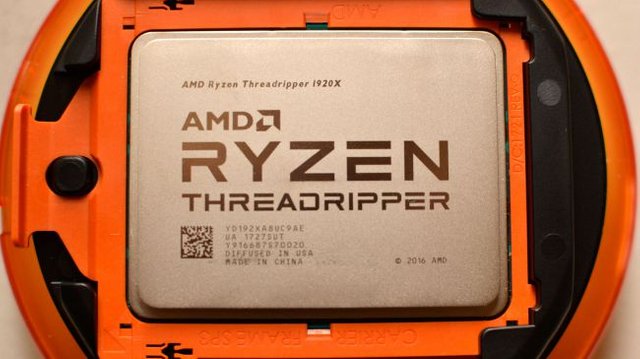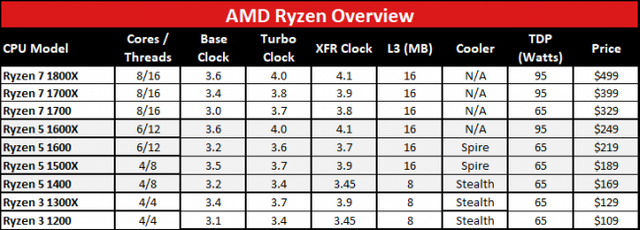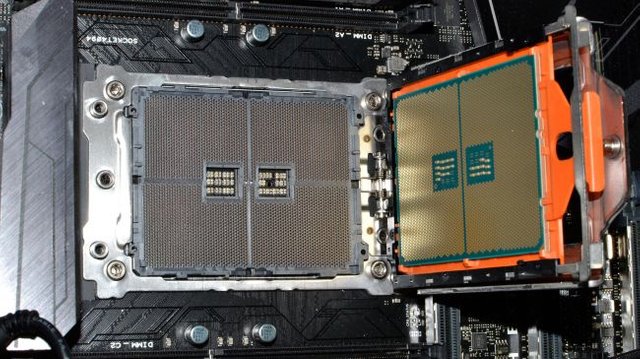MOST FASTEST PROCESSOR.

AMD has been on a roll this year, at least in its CPU division, and the positive vibes coming off the people in charge at the recent Tech Day were almost palpable. Ryzen isn't necessarily the fastest CPU around, but for the price, it's damn hard to beat. From the budget-minded Ryzen 3 to the midrange Ryzen 5, and on to the high-end Ryzen 7, there are reasons to consider going with an AMD CPU at every pricing tier. The one exception has been at the ultra-high-end where halo parts like Intel's i9-7900X and i7-6950X reigns as expensive but powerful kings. That changes today.

Threadripper has been an ill-kept secret for the past several months, but from the look of things Intel wasn't really counting on AMD having competitive 16-core products for the enthusiast (and prosumer) sector. The Core i9-7900X was always going to happen, and likely the i9-7920X as well, but if Intel had its druthers both CPUs would be priced substantially higher. Look no further than 2015's Broadwell-E launch where the new CPUs offered the same core counts but at higher prices than Haswell-E, and then the i7-6950X catapulted the Extreme Edition part from $1000 to $1723. But with the threat of a 16-core halo product from AMD, Intel needed something more… only it will still be a month or so before we see the 18-core i9-7980XE, and never mind the $2000 price tag.
AMD has accomplished this rapid deployment of top-shelf CPU performance by tweaking its server CPU, Epyc. (That should sound familiar to Intel fans, since all the X79, X99, and now X299 enthusiast processors are similarly tweaked versions of Intel's Xeon workstation chips.) While Epyc tops out with a 32-core/64-thread part, complete with 128 PCIe lanes, 8-channel memory, and dual-socket support, AMD basically disabled half of Epyc and modified the socket interface to allow half the cores, threads, PCIe lanes, and memory channels. Welcome to Threadripper and socket TR4.

This is an excellent example of AMD's newfound scalability, which AMD credits to its Infinity Fabric. Intel might poke fun at Epyc and Threadripper "just using consumer CPUs that are glued together," but Intel has done the same thing in the past (eg, Pentium D and Core 2 Quad). By leveraging the same basic design, AMD has managed to launch a complete top-to-bottom suite of CPUs in less than six months. Meanwhile, Intel launched Kaby Lake earlier this year, which is a modest update to the Skylake architecture that debuted in 2015, and more recently Intel released Skylake-X and Kaby Lake-X that are also refinements of the Skylake architecture. That's one core architecture, spaced out over a two-year period—and counting, as Coffee Lake and Cannonlake will continue to use much of Skylake's design.
Of course, Intel didn't have a need to radically change its CPU architectures, since its existing Haswell and even Ivy Bridge and Sandy Bridge (4th, 3rd, and 2nd Gen Core, respectively) were already outperforming AMD's best CPUs. Skylake and Kaby Lake merely increased the gap between Core i3/i5/i7 and AMD's aging FX-series CPUs, while AMD's APUs were mostly used in low power devices like laptops, or in budget PCs. In other words, AMD had a lot of catching up to do. The good news is that the Zen architecture is the biggest generational jump in CPU performance we've ever seen from AMD.